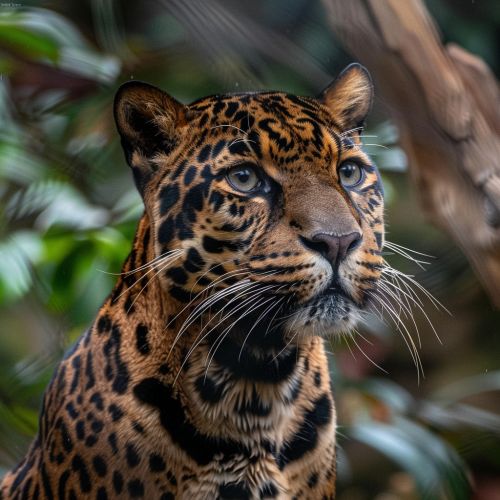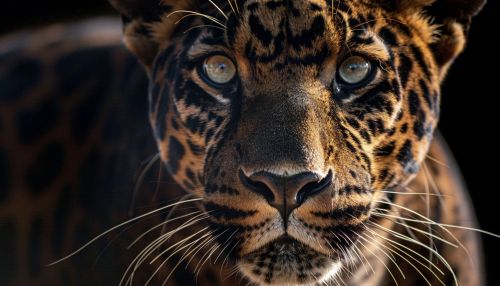Panthera
Taxonomy and Evolution
The genus Panthera is part of the Felidae family, which also includes other large cats such as the lion, tiger, jaguar, and leopard. The genus was first described by the British zoologist Reginald Innes Pocock in 1917 based on skull features. The members of this genus are the only cats able to roar, a feature enabled by a specialized larynx and a unique part of the hyoid, a bone in the throat.


The evolution of Panthera is believed to have begun in Asia approximately 11 million years ago. The Panthera blytheae, the oldest known pantherine cat, was discovered in Tibet, providing evidence for this theory. The Panthera leo spelaea, also known as the European cave lion, is a prehistoric Panthera species that lived in Europe from the late Pleistocene to the Holocene.
Characteristics
Members of the Panthera genus are characterized by their size, strength, and unique adaptations for hunting. They have a robust build with large bodies, strong jaws, and long, sharp retractable claws. Their teeth are adapted for cutting meat, with large canines for killing prey and shearing teeth for eating.
The coat color of Panthera species varies, but they all have a type of camouflage known as disruptive coloration, which breaks up their outline in their natural environment. Some species also have rosette patterns or stripes.
Species
There are five recognized species in the Panthera genus: the lion (Panthera leo), tiger (Panthera tigris), jaguar (Panthera onca), leopard (Panthera pardus), and snow leopard (Panthera uncia). Each species has unique characteristics and habitats.
Lion
The lion is the second-largest Panthera species. It is unique among the Panthera species in that it lives in social groups called prides. The lion's mane, a unique trait among big cats, is believed to protect the lion during fights and may also be a sign of fitness to females.
Tiger
The tiger is the largest species in the Panthera genus. It is known for its distinctive coat, which is typically a reddish-orange with dark stripes. Tigers have the longest canines of any big cat, reaching up to 4 inches in length.
Jaguar
The jaguar is the third-largest Panthera species and the largest in the Americas. It is known for its powerful build and its deep-chested body. The jaguar is an excellent swimmer and often hunts in water.
Leopard
The leopard is the smallest Panthera species. It is known for its agility and strength, as well as its ability to adapt to various habitats. The leopard's coat is typically a golden color with black rosettes.
Snow Leopard
The snow leopard is a large cat native to the mountain ranges of Central and South Asia. It is known for its long, thick fur, which is typically a smoky gray color with dark rosettes. The snow leopard's tail is notably long, providing balance and serving as a blanket for warmth.
Conservation
All Panthera species are listed on the International Union for Conservation of Nature (IUCN) Red List. Threats to Panthera species include habitat loss, human-wildlife conflict, and poaching for their fur and body parts. Conservation efforts for Panthera species include habitat protection, anti-poaching measures, and conflict mitigation strategies.
